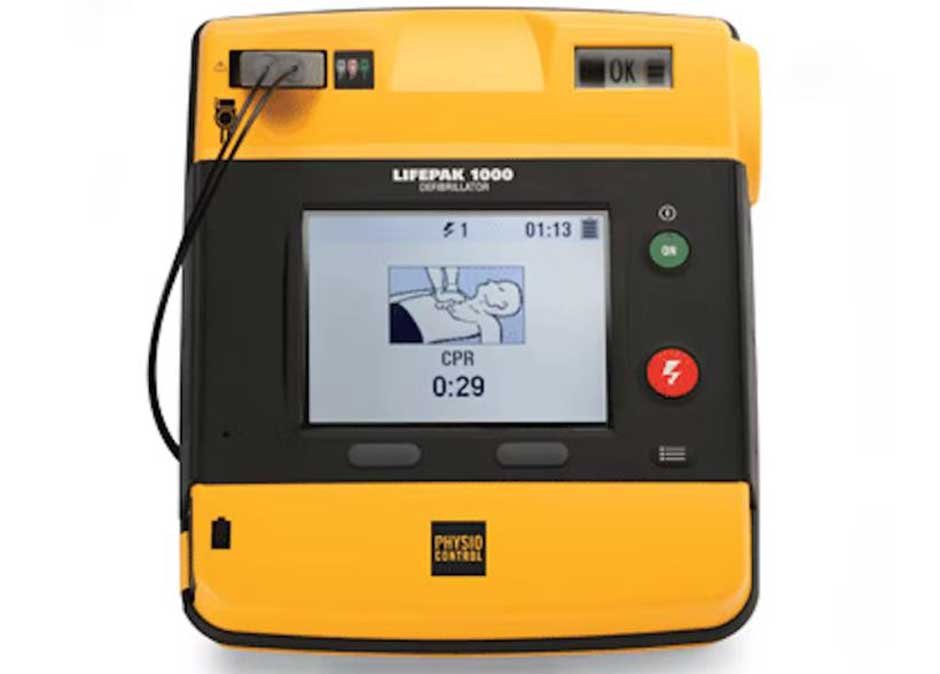Batteries are critical in maximizing Automated External Defibrillator (AED) efficiency. AEDs rely on batteries to serve their primary purpose of saving a life. Keeping your AED batteries in good shape is essential for the best possible service delivery. Depending on the machine model, you can get AED batteries from different manufacturers at varying costs.
The Basics of AED Battery
- Most AED devices use lithium batteries, known for a longer lifespan than others.
- Almost all AED devices batteries are not rechargeable. Their lifespan is limited and must be replaced per the manufacturer’s guidelines.
- Some AED machines use rechargeable batteries. The batteries are taken out between charging sessions. They’re more expensive and use special chargers that you must buy.
Factors to Consider When Replacing AED Batteries
An expired AED battery is useless as it can’t power the device. Hence, you need to replace AED batteries on time to ensure it fulfills the intended purpose. Here are the main factors to consider before replacing AED batteries.
- Expiry date – Check for the expiry date printed on the outer side of the battery.
- Battery type – Know your AED machine’s lithium and rechargeable battery. Both batteries have advantages and disadvantages. The former are popular with longer shelf life, while the latter is rare and is more costly.
- Battery compatibility – Ensure you know your AED model’s exact batteries.
How Often Should You Replace AED Batteries?
An AED machine comprises four components, namely;
- Batteries
- Controls
- Electrodes
- Capacitor
- Electrical circuit
Batteries are the most crucial part of an AED device, and you need to know their lifespan and cost for timely replacement. Generally, you must ensure that your AED is well maintained and the battery is replaced between 2–5 years of use, depending on the machine’s model.
You can get this information on the day of purchase on the battery or package. Another crucial tip is to consider buying batteries with a longer lifespan to save on replacement costs. This is important because the shorter the lifespan of AED batteries, you’ll need to replace them often, making them more expensive.
How Long Do AED Batteries Last?
The typical AED batteries last between 2 – 5 years, depending on the model or manufacturer. Therefore, check and note the expiration date for timely replacement. From time to time, an AED machine performs a self-check, and it will do the same about the battery. It will give visual and audio alerts, and you should heed them, especially if the battery is about to expire.
If you can’t recall your battery’s replacement date, open the defibrillator battery panel, and you’ll find it. A manufacturer might relay this information differently, like ‘install by date’ or ‘date of manufacture,’ which might vary with the actual lifespan. So, don’t wait to replace your AED battery at the last minute, but do so two to three months before the expiry date to avoid inconveniences.
AED Battery Maintenance
Maintaining the batteries on modern AED devices is easy. Here are things you must do regularly.
- Check what your battery manufacturer recommends for service or replacement.
- Some AED devices have software that automates some overlooked details. So make sure you ask your device manufacturer if they have such applications.
- Keep track of expiration dates, electrode pad condition, and battery.
AED Components
An AED device is a computerized electric device that analyzes the heart rhythm and responds with shock waves if necessary. The primary purpose of the equipment is to save lives, and it can be installed at home, in public areas, and hospitals. For this reason, it’s essential to know the components of the gadget and its functions. They are;
Batteries
As one of the most vital components, batteries contain chemicals that react to power an AED system. Some models use rechargeable, while others use non-chargeable options for about five years.
Capacitor
The electrical energy generated from the batteries is delivered as shock waves to a patient’s heart and is stored in the capacitor. An AED produces high-voltage circuits that can hold 7 KV of electricity, and the energy released by the system is between 30 and 400 joules.
Electrodes
An AED machine collects information for analysis in the form of electrodes, then delivers shocks as a response to save a life. Electrodes come in different types, like hand-held paddles, self-adhesive disposable electrodes, and internal paddles. Depending on the situation, disposable electrodes are primarily used in emergency cases where the speed of shock is urgent.
Electrical Circuit
AEDs are sophisticated devices with multiple filters for QRS signals, avoiding interferences like loose electrodes and poor contacts to deliver the correct response. Some AED models are programmed to defect the slightest patient movements to save a life.
Controls
From the surface of an AED machine, you’ll see a power button, a screen displaying heart rhythm, and a discharge button. Manual defibrillators have energy select control and a charge tab, while others have controls for disposable electrodes or internal pads.


